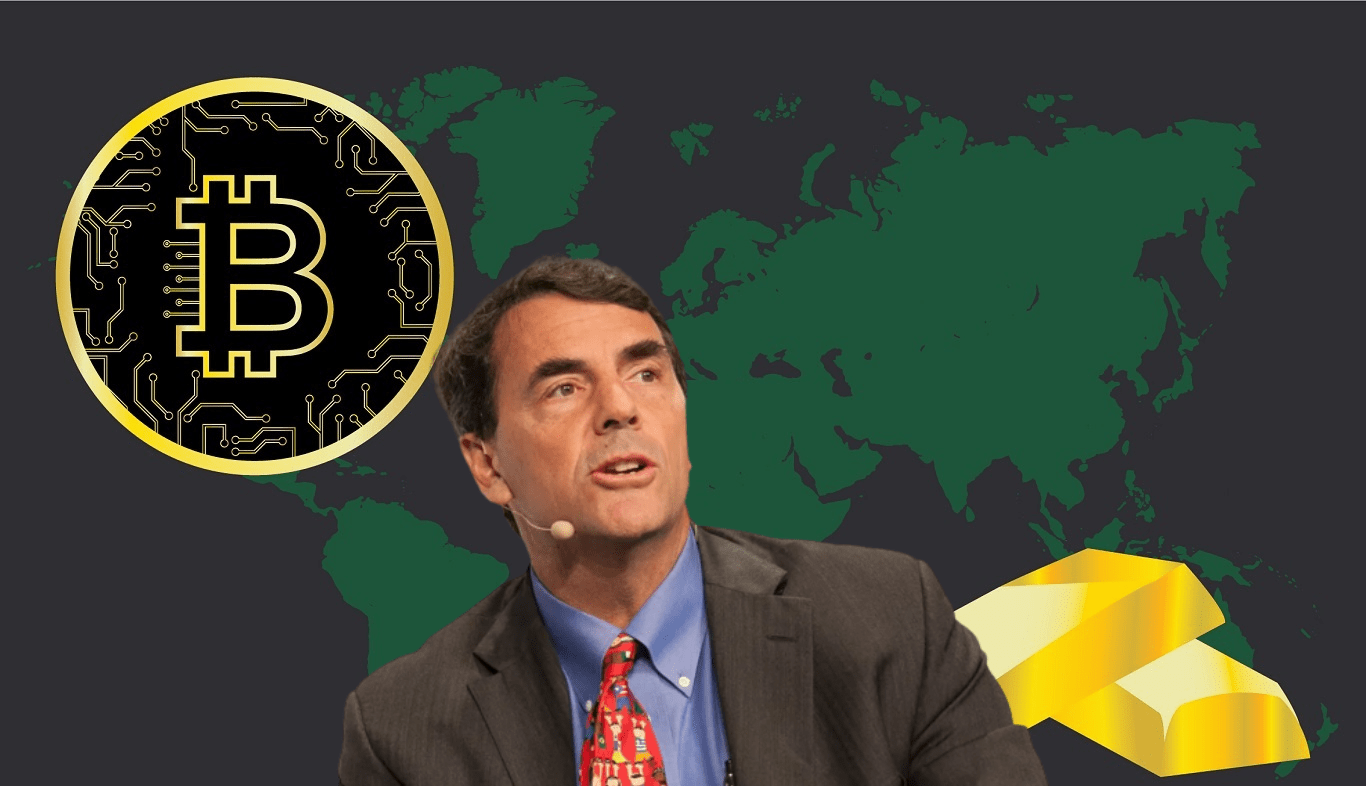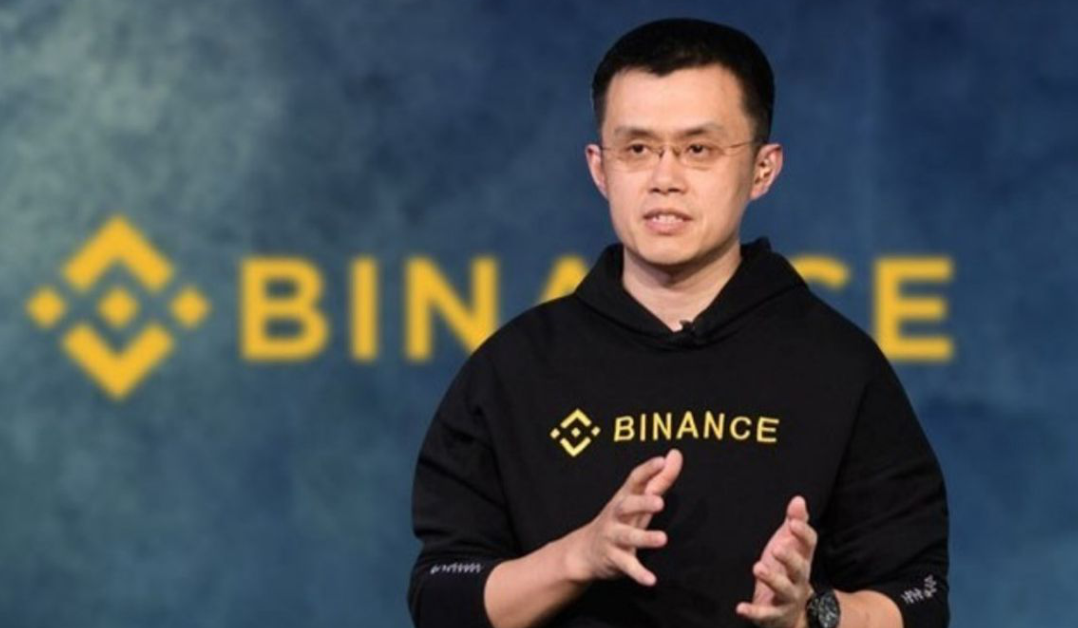Alright crypto fam, Binance Research just dropped a report, and honestly, it’s a bit of a mixed bag. Meme coins are absolutely dominating the AI crypto space, grabbing a whopping 41% of the market. Seriously, 41%! It feels like everyone and their grandma is launching a dog-themed AI token these days.
But here’s where it gets interesting. While the meme madness is real, Decentralized AI (DeFAI) is quietly building, currently holding a 10% share. And it’s not just idling – it’s actually growing. This isn’t about hype; it’s a fundamental shift from just throwing ideas at the wall to constructing actual infrastructure.
DeFAI’s success hinges on four key components: AI agents – the brains of the operation, development frameworks for building these agents, the underlying protocols that govern them, and finally, the marketplaces where they’re traded. We’re starting to see these pieces come together!
Take Tether’s new QVAC project, for example. It fits smack-dab into the DeFAI protocol framework. This is what I’m talking about – real innovation! But let’s be clear, it’s not all sunshine and rainbows.
We’ve got some serious hurdles. Ownership of these AI agents is a murky area. Transparency? Often lacking. And the potential for abuse in decentralized governance is very real. Let’s not pretend there aren’t bad actors out there.
Let’s dive a little deeper into DeFAI, shall we?
DeFAI represents the fusion of artificial intelligence with the principles of Decentralized Finance. It aims to create financial systems that are more intelligent, autonomous, and accessible.
The core idea is to leverage AI agents, essentially bots trained on financial data, to perform tasks like trading, lending, and risk management, all within a decentralized framework.
These agents operate based on smart contracts, ensuring transparency and eliminating the need for intermediaries. This drastically reduces costs and increases efficiency.
However, the nascent nature of DeFAI presents substantial risks. Security vulnerabilities and regulatory uncertainty are major concerns that must be addressed for wider adoption.
Ultimately, if we can build robust regulations, DeFAI could truly reshape the entire on-chain financial landscape. It’s a wild west out there, but the potential is massive – and I, for one, am keeping a very close eye on it.






